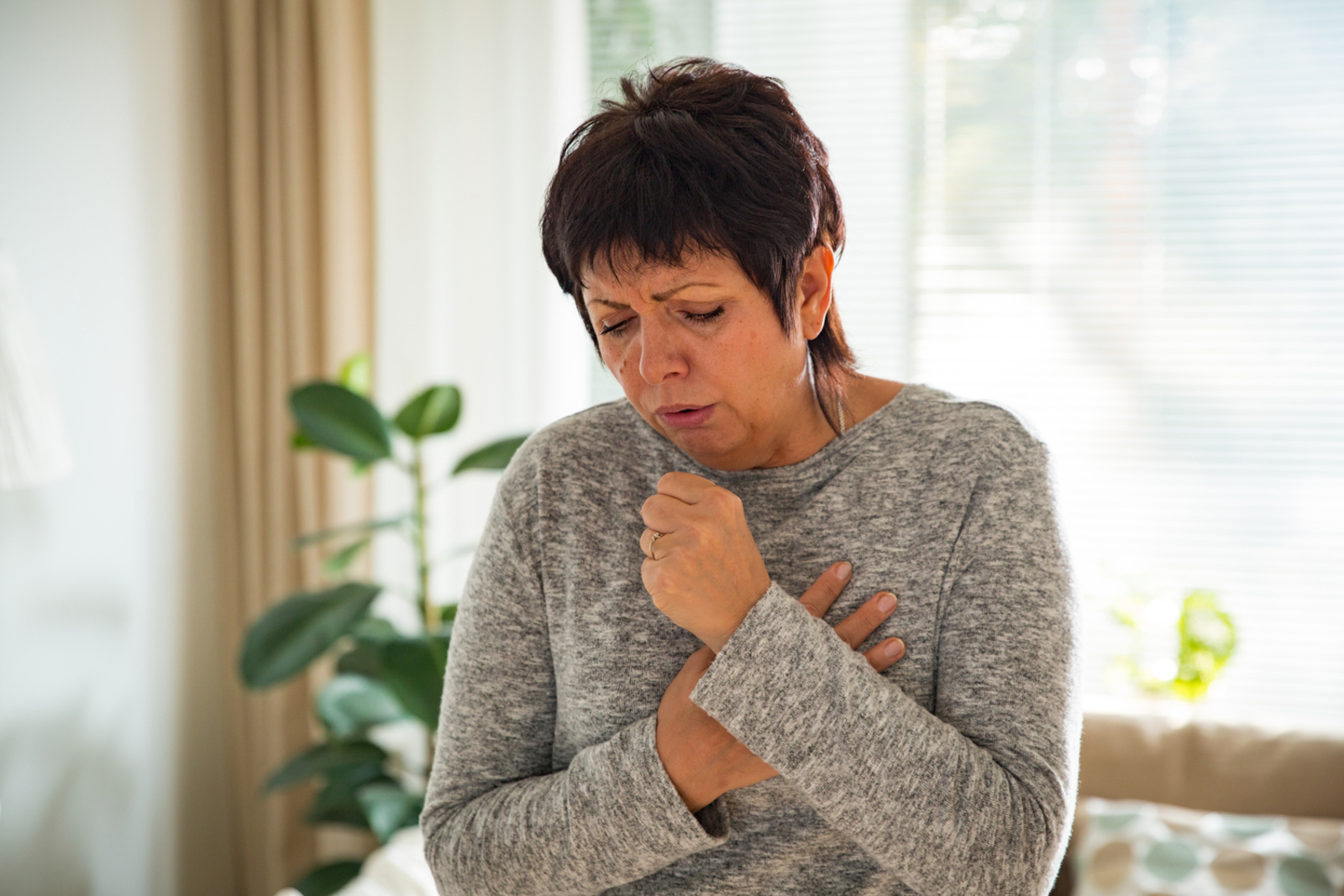
The Top 5 Traditional Hot Spots For Respiratory Illnesses, Including Nasal Polyps
Plus Prevention And Treatment Options Including Nasal Polyps
Respiratory illnesses can be a real nuisance, especially during the flu season. With the ongoing pandemic and increasing instances of respiratory syncytial virus (RSV), COVID-19, human metapneumovirus (HMPV), adenovirus, and parainfluenza, taking precautions to avoid catching or developing a respiratory illness is more crucial than ever. This article not only compiles a list of the top five traditional hot spots for respiratory illnesses at your office and home but also provides valuable tips on how to prevent them. Moreover, we explore advanced treatment options for severe respiratory conditions, including lung valve replacement for cases like severe emphysema, alongside preventive measures to help you stay safe and healthy.
1. Doorknobs, and appliance and drawer handles
Doorknobs and drawer handles are some of the most touched surfaces in any home or office. Unfortunately, they can also be hot spots for respiratory illnesses, as they can easily spread germs from one person to another. To avoid getting sick, make sure to wash your hands regularly, and consider wiping down these surfaces with a disinfectant wipe every few hours.
2. Keyboards and electronics keypads
Keyboards and electronics keypads can also harbor germs and bacteria. They are frequently touched and seldom cleaned, making them a perfect breeding ground for respiratory viruses. To keep these hot spots clean, consider using a disinfectant wipe or spray to clean your keyboard and electronics keypads daily.
3. Shared dishes, utensils, and glassware
Sharing dishes and glassware is a common practice at home and in the office. However, this can be a big mistake when it comes to avoiding respiratory illnesses. Make sure to wash dishes and glassware thoroughly with soap and hot water, or consider using disposable plates and cups to reduce the risk of infection.
4. Elevator buttons
Elevator buttons are another hot spot for respiratory illnesses. They are touched by numerous people throughout the day, making them an easy way for germs to spread. To reduce your risk of getting sick, try using your elbow or a tissue to press the button instead of your fingers. And don’t forget to wash your hands regularly!
5. Dirty linens and laundry
Dirty laundry can also harbor germs and bacteria, especially if it contains clothing worn by someone who is sick. To reduce your risk of infection, make sure to wash your laundry frequently and with hot water. And be sure to avoid touching your face after handling dirty laundry.
Respiratory illnesses, such as the common cold, flu, or allergies, can often lead to sinus infections and the development of nasal polyps. When a person suffers from a respiratory illness, the nasal passages and sinuses become inflamed and congested. This inflammation can obstruct the normal flow of mucus, causing it to build up in the sinuses. Such an environment is conducive for bacteria or viruses to grow, potentially leading to a sinus infection. Over time, chronic sinus infections and persistent inflammation can result in the growth of nasal polyps – benign growths that further obstruct nasal passages. These polyps can exacerbate breathing difficulties, reduce the sense of smell, and lead to further complications if not treated. The link between respiratory illnesses and these nasal conditions highlights the importance of managing symptoms early and effectively to prevent complications. Be sure to avoid the above mentioned hot spots, or take precautions when dealing with them. Additionally, we will highlight some effective prevention methods and treatments below.
Prevention and Effective Treatments for Respiratory Illnesses :
Respiratory illnesses can be a real pain, but they are also preventable. By taking the following precautions and following the tips outlined above, you can reduce your risk of getting sick and stay healthy all year round:
Get your regular annual vaccinations and boosters: The best way to prevent respiratory illnesses like the flu is to get vaccinated every year. Vaccines including Pfizer, Moderna, Novavax, Arexvy, Fluzone, Flublock, and Fluad can help protect you from the flu, while Oseltamivir (Tamiflu) and Zanamivir (Relenza) can help treat the flu if you do get sick.
Hand washing: One of the simplest and most effective ways to prevent the spread of respiratory illnesses is to wash your hands regularly with soap and water. This helps to remove germs from your hands and reduce the risk of infection.
OTC medications: Over-the-counter medications like expectorants, cough suppressants, and Amantadine can help relieve symptoms of respiratory illnesses like the flu and the common cold. Make sure to read the label and follow the recommended dosage to avoid side effects.
Immune-Boosting Vitamins: Incorporating vitamins known to boost the immune system, such as Vitamin C, Vitamin D, and Zinc, can be an effective way to enhance your body’s defenses against respiratory pathogens. Regular intake of these vitamins, especially during the flu season or amidst a pandemic, can support immune health and potentially reduce the severity and duration of illnesses.
Advanced Treatment Options for Severe Respiratory Conditions:
For individuals suffering from chronic or severe respiratory diseases, understanding and accessing advanced treatment options is vital. One such intervention is lung valve replacement, a minimally invasive procedure designed for patients with severe emphysema, a form of COPD. This procedure can significantly improve the quality of life by reducing lung hyperinflation, enhancing breathing, and allowing better lung function. This advanced treatment, along with traditional therapies, highlights the importance of a comprehensive approach to managing severe respiratory conditions.


